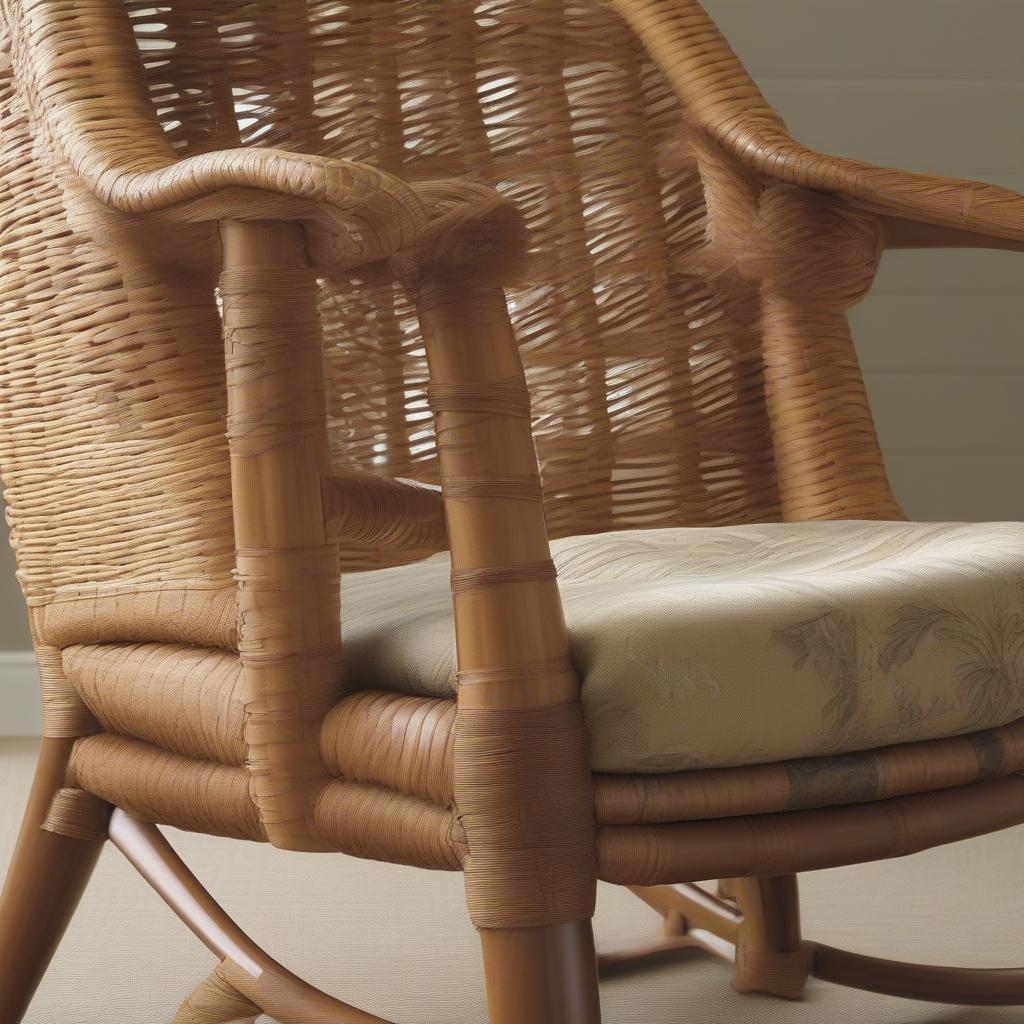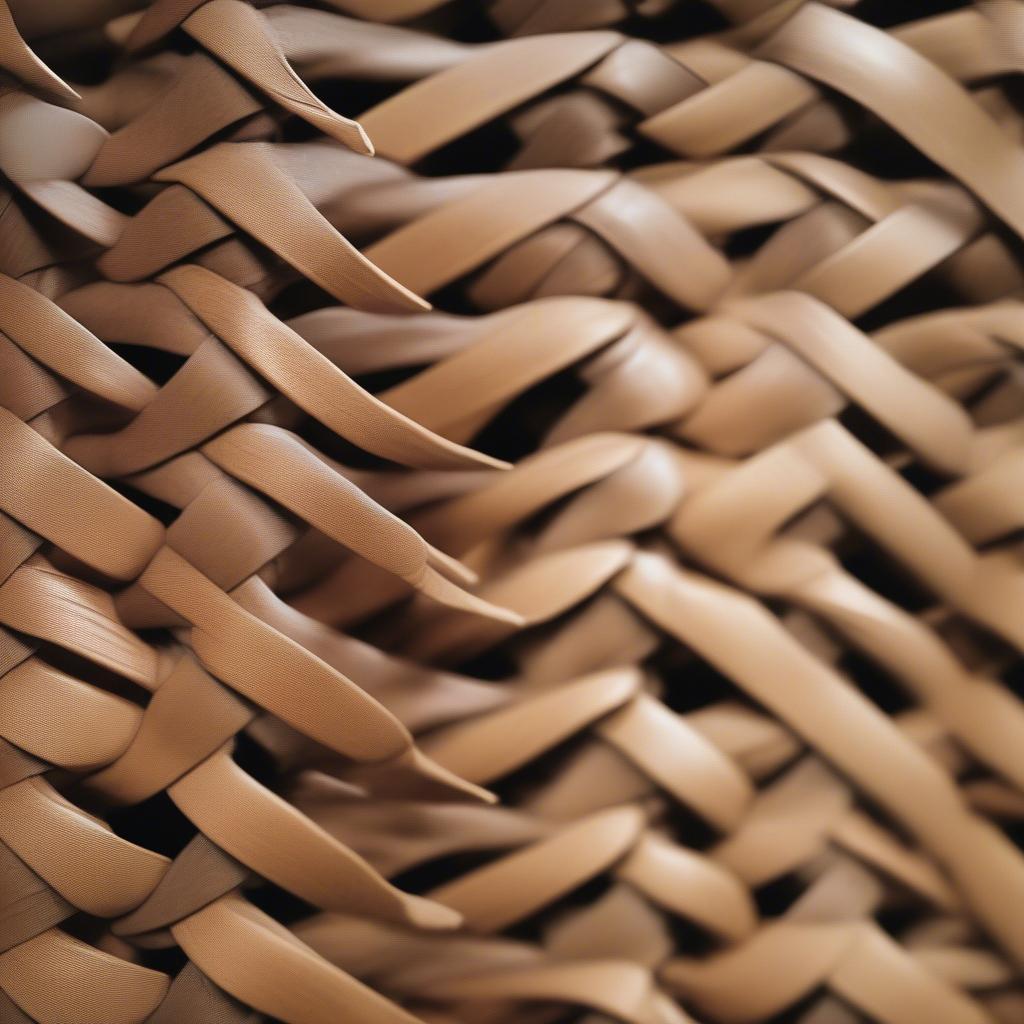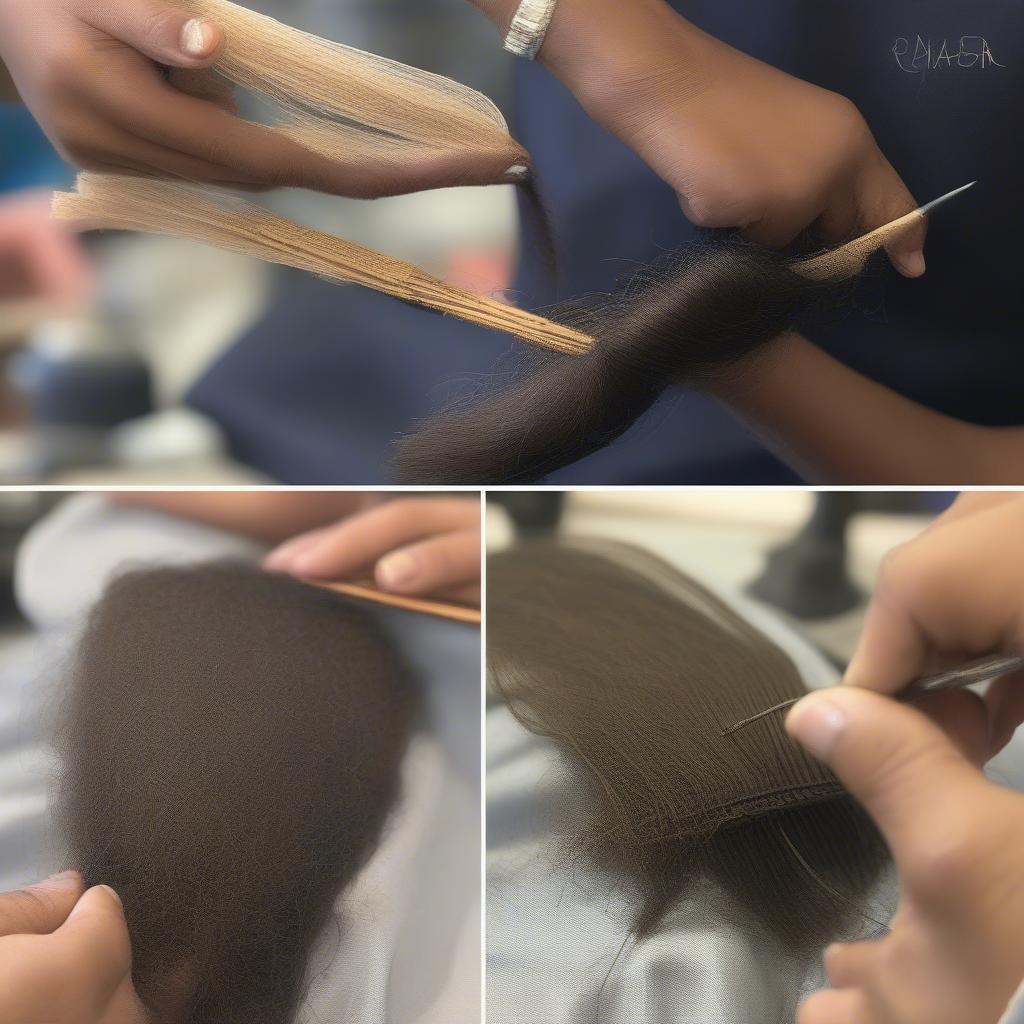Weave Chair
Weave for Rocking Chair: A Comprehensive Guide
Weave For Rocking Chair is a crucial element that contributes to both the comfort and aesthetic appeal of this classic piece of furniture. Choosing the right weave can transform your rocking chair from a simple seat into a statement piece. This guide delves into the world of rocking chair weaves, exploring different materials, patterns, and considerations to help you make the perfect choice.
Choosing the Right Weave for Your Rocking Chair
 Different Types of Rocking Chair Weaves
Different Types of Rocking Chair Weaves
There are various factors to consider when selecting a weave for your rocking chair, including the material, the weaving pattern, and the overall style of the chair. Do you prefer the natural look of wicker or the durability of rattan? Perhaps the rustic charm of splint or the traditional appeal of rush? Each material offers unique characteristics that contribute to the rocking chair’s comfort, durability, and aesthetic. After the introduction, you might want to read more about a small vintage rocking chair weave bottom.
Understanding Different Weaving Materials
-
Wicker: Wicker refers to a weaving process rather than a specific material. It can be made from various natural materials like willow, rattan, bamboo, or synthetic materials. Wicker offers a lightweight and airy feel, making it a popular choice for rocking chairs.
-
Rattan: Rattan is a naturally strong and durable material derived from a climbing palm. It’s known for its resistance to moisture and its ability to bend and flex, making it ideal for creating intricate woven patterns. Learn more about how to weave a rocking chair.
-
Splint: Splint is a traditional weaving material made from thin strips of wood, typically oak or ash. It offers a rustic and handcrafted look, adding a touch of timeless elegance to rocking chairs.
-
Rush: Rush is a natural fiber derived from various wetland plants. It is known for its smooth texture and its ability to create a comfortable and supportive seat. It’s a classic choice for traditional rocking chairs. It can be fascinating to learn how to weave rocking chair seat.
Exploring Weaving Patterns
 Common Rocking Chair Weave Patterns
Common Rocking Chair Weave Patterns
Beyond the material, the weaving pattern itself significantly impacts the rocking chair’s look and feel. Common patterns include:
-
Herringbone: This classic pattern creates a visually appealing zigzag design, adding a touch of sophistication.
-
Twill: A diagonal weave, twill creates a strong and durable surface, perfect for high-traffic areas.
-
Open Weave: This pattern allows for more airflow, making it a comfortable option for warmer climates.
Restoring and Repairing Rocking Chair Weave
 Repairing a Damaged Rocking Chair Weave
Repairing a Damaged Rocking Chair Weave
Over time, rocking chair weaves can become damaged or worn. Knowing how to repair or restore your weave can extend the life of your cherished piece.
Common Rocking Chair Weave Problems
-
Sagging: Sagging can occur due to wear and tear, or if the original weave was not properly tensioned.
-
Broken Strands: Individual strands can break due to stress or impact.
-
Loose Ends: Loose ends can unravel, compromising the integrity of the weave.
“Maintaining the integrity of the weave is essential for both the comfort and longevity of the rocking chair,” says John Carter, a master weaver with over 30 years of experience. “Regular inspection and prompt repairs can prevent minor issues from becoming major problems.”
Valuing a Rocking Chair with Woven Seat
The value of a rocking chair with a woven seat depends on several factors, including the age, the materials used, the craftsmanship, and the overall condition. Antique rocking chairs with intricate weaves and rare materials can be quite valuable. For more information, check out our article on basket weave rocking chair value.
“A well-preserved rocking chair with a hand-woven seat can be a valuable addition to any home,” says Emily Davis, an antique furniture appraiser. “The craftsmanship and the history behind these pieces make them truly unique.” You might also be interested in the ventura rush weave rocking chair.
Conclusion
Weave for rocking chair is more than just a functional element; it’s an integral part of its design and character. By understanding the different materials, patterns, and maintenance techniques, you can choose the perfect weave to enhance your rocking chair’s comfort, durability, and style.
FAQ
- What is the most durable weave for a rocking chair?
- How do I clean a woven rocking chair seat?
- Can I replace the weave on my rocking chair myself?
- What is the difference between wicker and rattan?
- How can I tell if my rocking chair weave is antique?
- What are some common problems with rocking chair weaves?
- How do I prevent my rocking chair weave from sagging?
Common Rocking Chair Scenarios
- You’ve inherited a beautiful antique rocking chair but the weave is damaged.
- You want to update the look of your existing rocking chair with a new weave.
- You’re building a new rocking chair and need to choose the right weave.
More Helpful Resources
- Check out our article on how to identify different types of wood used in rocking chairs.
- Learn about the history of rocking chairs and their evolution over time.
Need assistance? Contact our 24/7 customer support hotline at +84 388 951 999, or visit us in Hanoi, Vietnam or Tech Avenue, Suite 12, San Francisco, CA 94105, USA.
